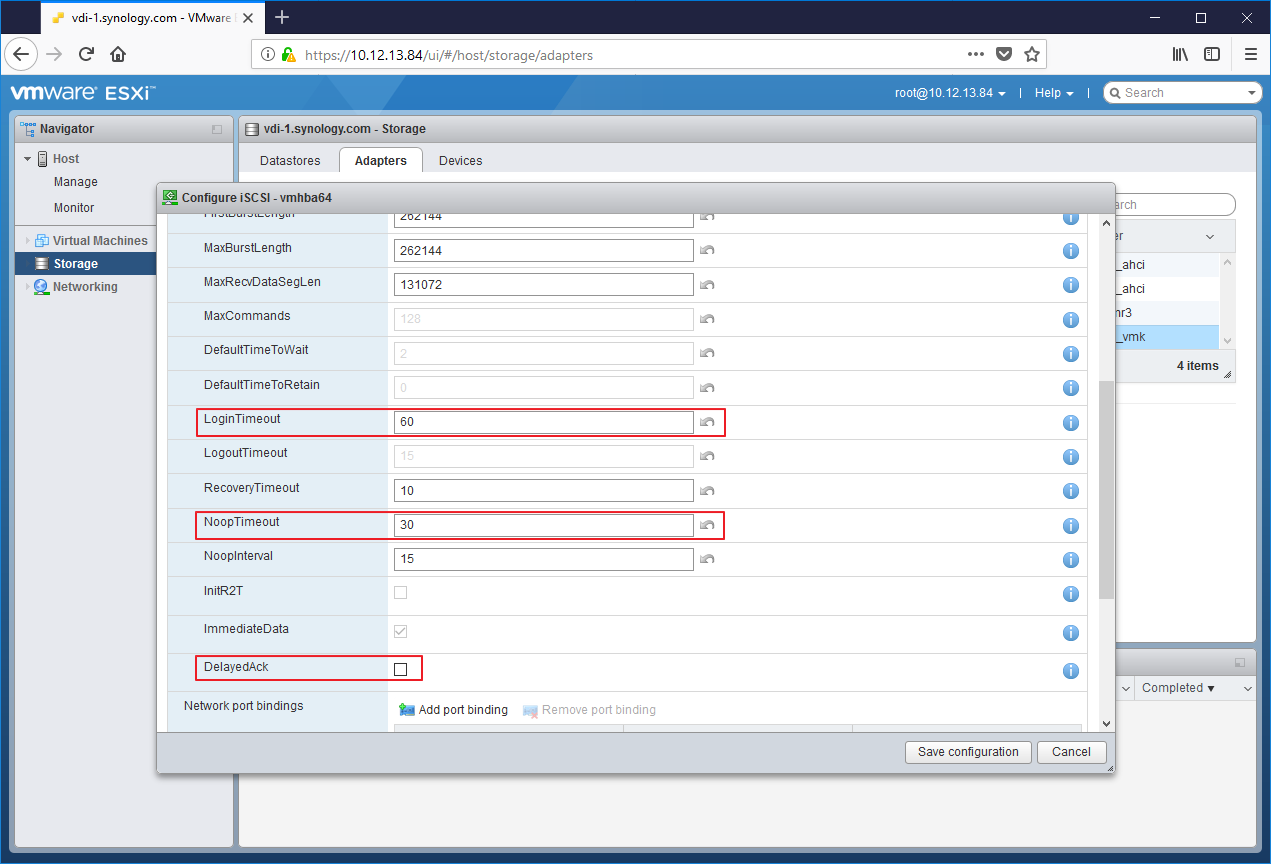

- #Synology drive configuration verification
- #Synology drive configuration password
- #Synology drive configuration download
- #Synology drive configuration free

Disk sensorsĮntities reporting the internal temperature, status (as shown in Synology DSM) and SMART status for each drive inside the NAS. The uptime sensor is disabled by default. General sensorsĮntities reporting the internal temperature and the uptime of the NAS.
#Synology drive configuration download
Both upload and download sensors are available. Network sensorsĮntities reporting the current network transfer rates of the NAS.
#Synology drive configuration free
These sensors include the total installed amount, the currently free amount and the % of memory used. Memory Utilisation sensorsĮntities reporting the current and combined memory and swap utilization of the NAS. By default the 1min load sensor is disabled. Available as current, 1min, 5min and 15min load sensors. These report the total CPU load for the entire NAS. There are also combined CPU load sensors. By default, only the User sensor is enabled. There are sensors the report the current CPU load, separated by User, System and others. As noted above, you do not need access to the DSM and Home Assistant will still be able to read statistics from your NAS.Įntities reporting the current and combined CPU utilization of the NAS. If you denied access to all locations and applications it is normal to receive a message indicating you do not have access to DSM when trying to login with this separate user.
#Synology drive configuration password
DSM will walk you through the process of setting up the one-time password for this user which you’ll then be able to use in Home Assistant’s frontend configuration screen. Make sure to log out of your “normal” user’s account and then login with the separate user you created specifically for Home Assistant.
#Synology drive configuration verification
If you have the “Enforce 2-step verification for the following users” option checked under Control Panel > User > Advanced > 2-Step Verification, you’ll need to configure the 2-step verification/one-time password (OTP) for the user you just created before the credentials for this user will work with Home Assistant. If you utilize 2-Step Verification or Two Factor Authentication (2FA) with your Synology NAS If you want to add cameras from Surveillance Station, the user needs application permission for Surveillance Station. It is still able to read the utilization and storage information using the API. By doing this, the user will not be able to login to the web interface or view any of the files on the Synology NAS. When creating the user, it is possible to deny access to all locations and applications. This is related to the fact that utilization information is stored in the core module. Separate User Configurationĭue to the nature of the Synology DSM API, it is required to grant the user admin rights. In this case, it is recommended to use NIC bonding instead or to deactivate SSDP. Should you have an uninterruptable power supply (UPS), Synology allows you to hook up the NAS to a UPS via USB to have it continue operation or perform a safe shutdown should a power loss occur.If you have two or more NICs with different IP addresses from the same subnet and SSDP is activated, this leads to problems with this integration, as the NAS is detected several times with different IPs and the integration always adopts the new “detected” IP address in its configuration and then reloads it. Note that some apps and services you run on the NAS will override these settings and not allow your HDDs to hibernate. Not only can you configure internal drives to go to sleep after a certain time of inactivity, but also external HDDs too. Hibernating your drives is a great decision if you don't require drive access all the time, but don't fancy having the entire system shut down to save power. This not only saves on wear and tear but also power. For example, you could set power schedules so the NAS would boot up at 7 a.m. This is handy if you use the NAS in an office or at home and only require access at certain parts of the day. Power schedules allow you to set just when the NAS will start up or shut down.



 0 kommentar(er)
0 kommentar(er)
